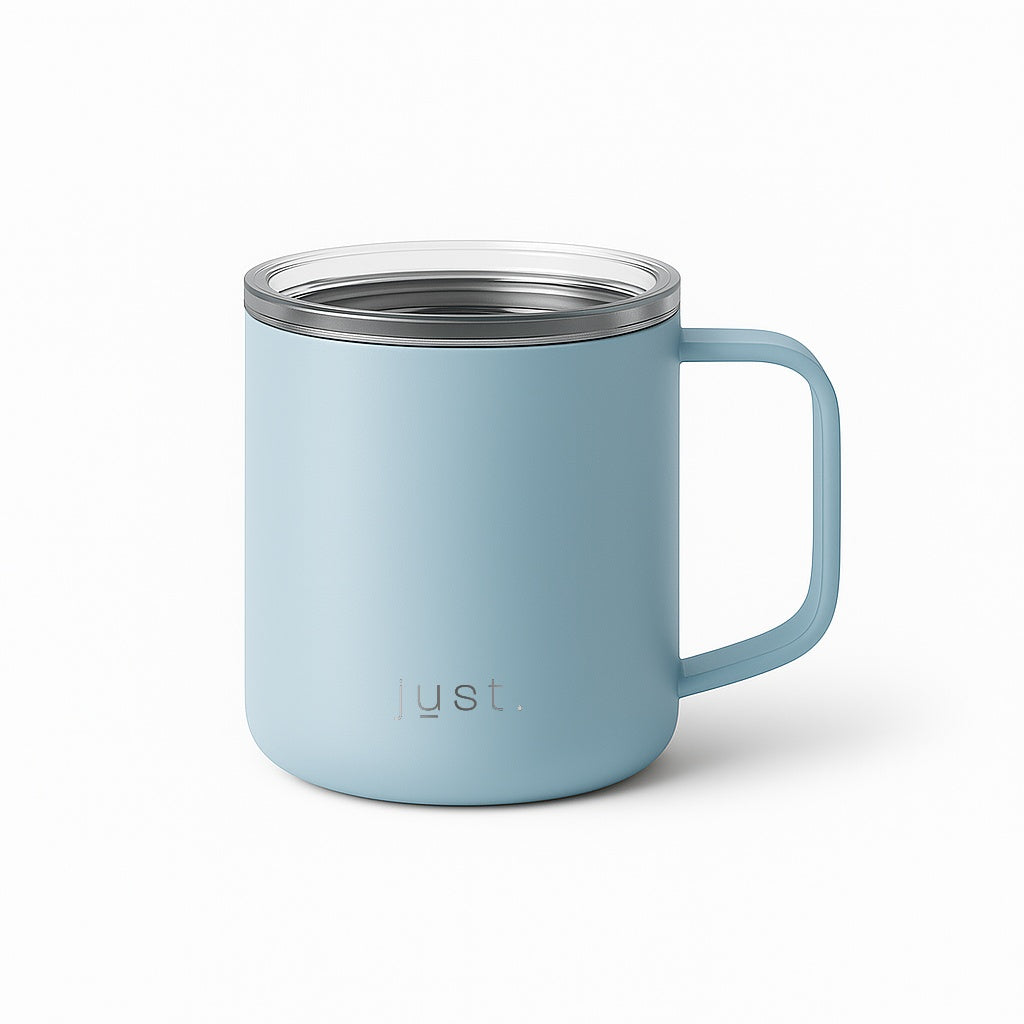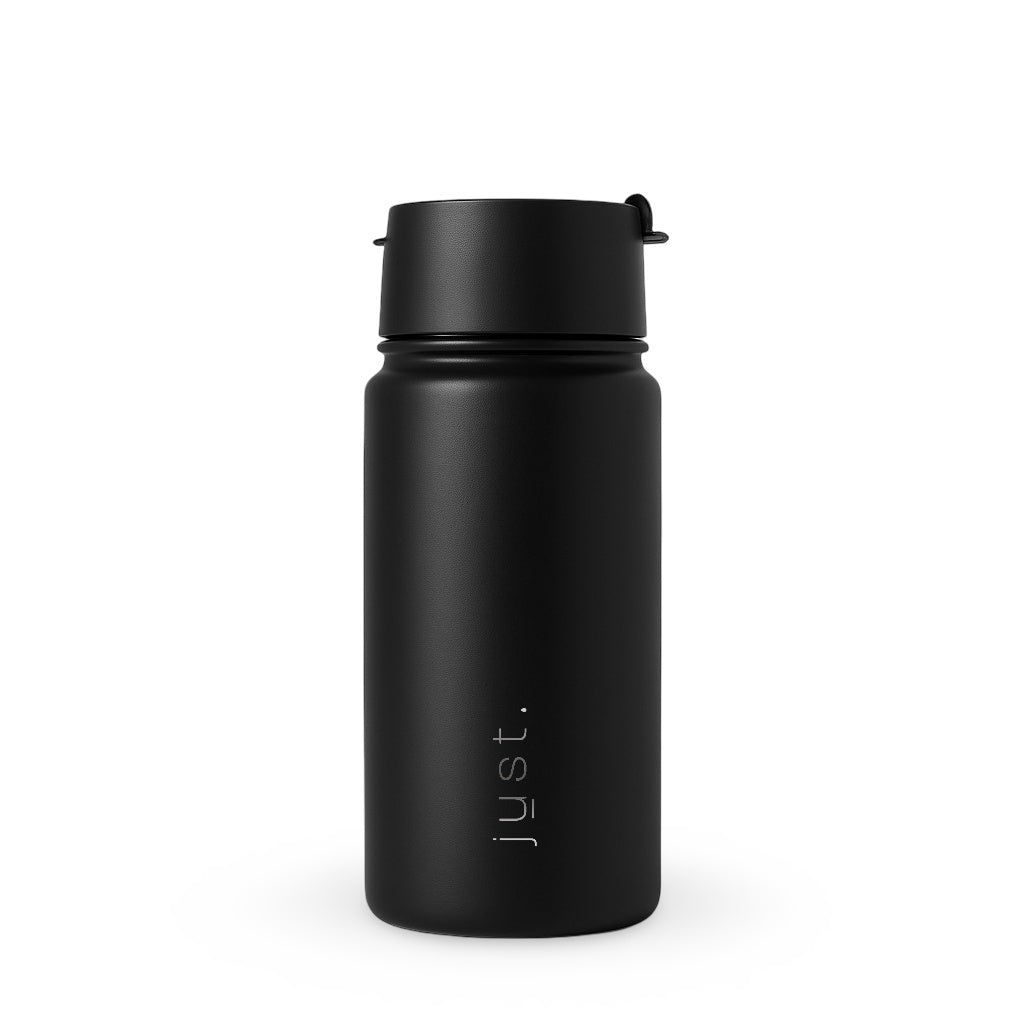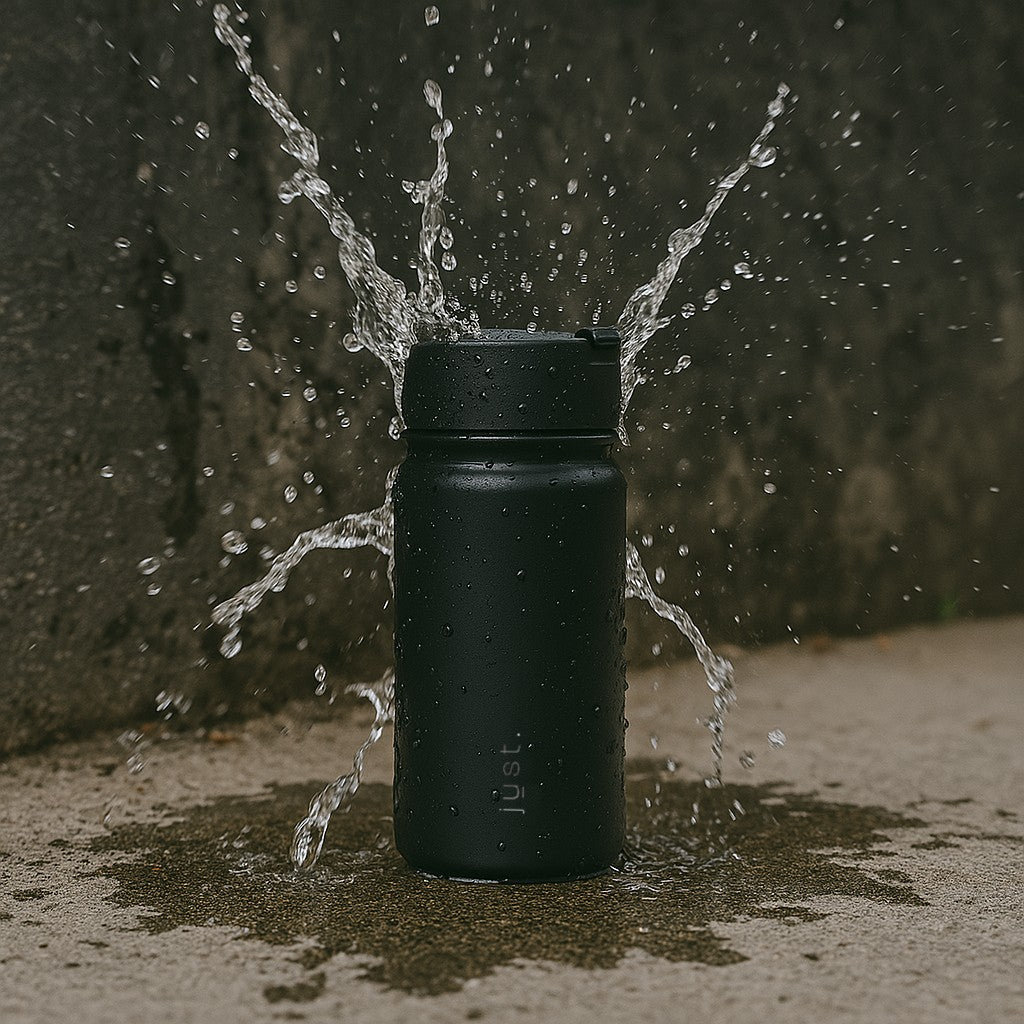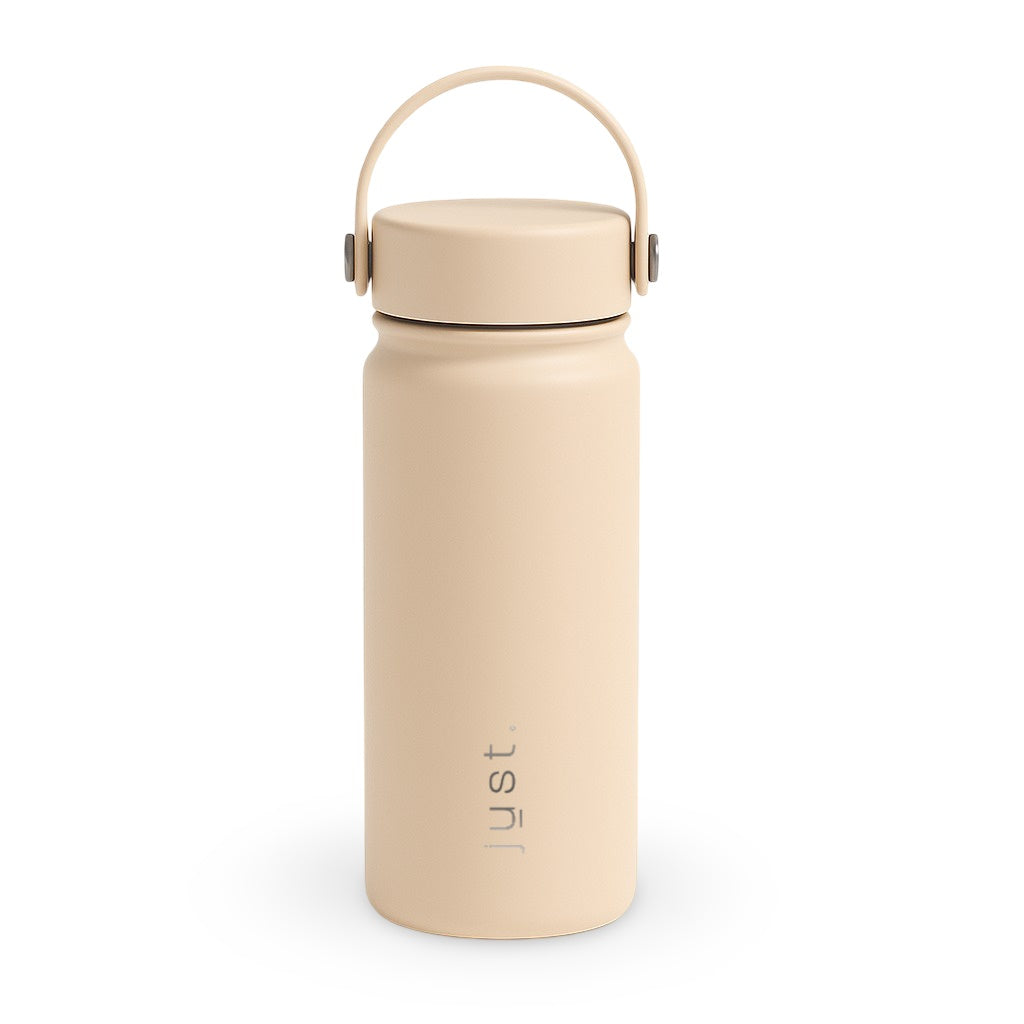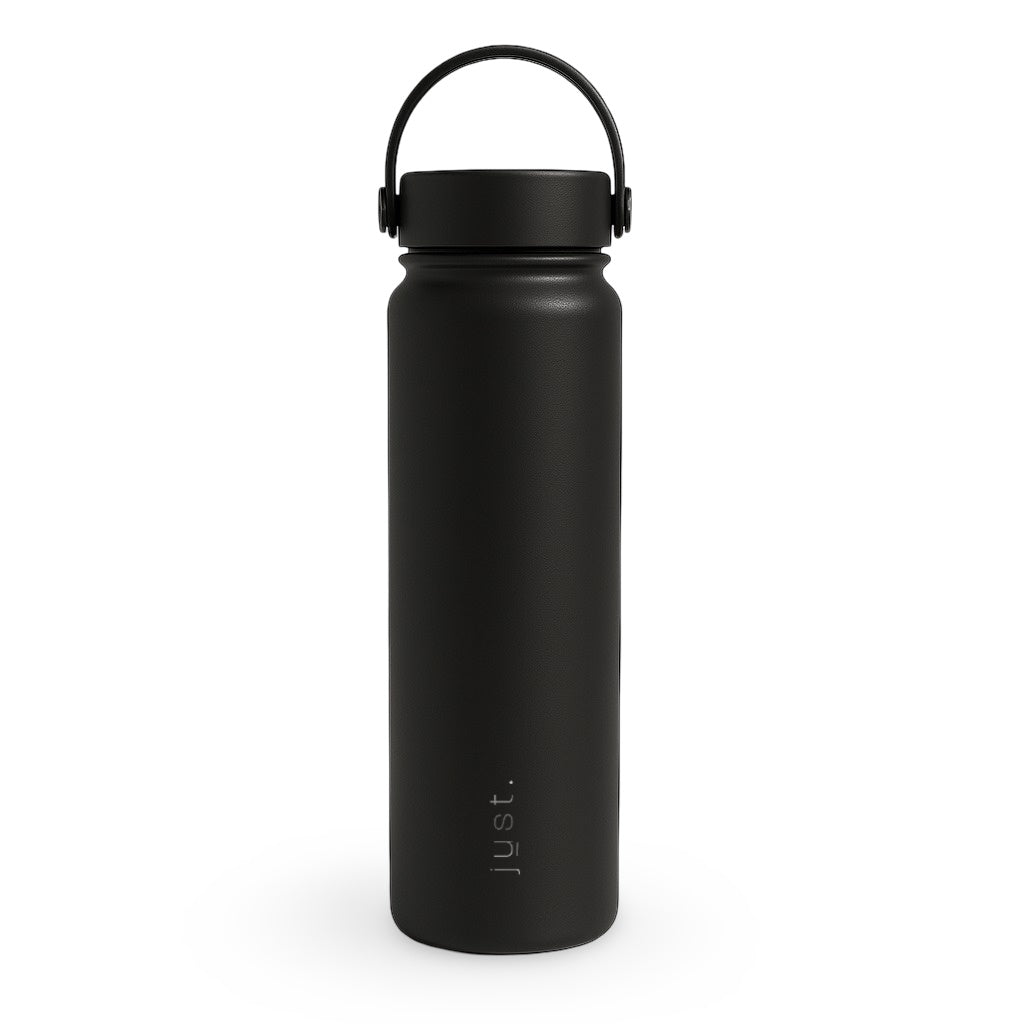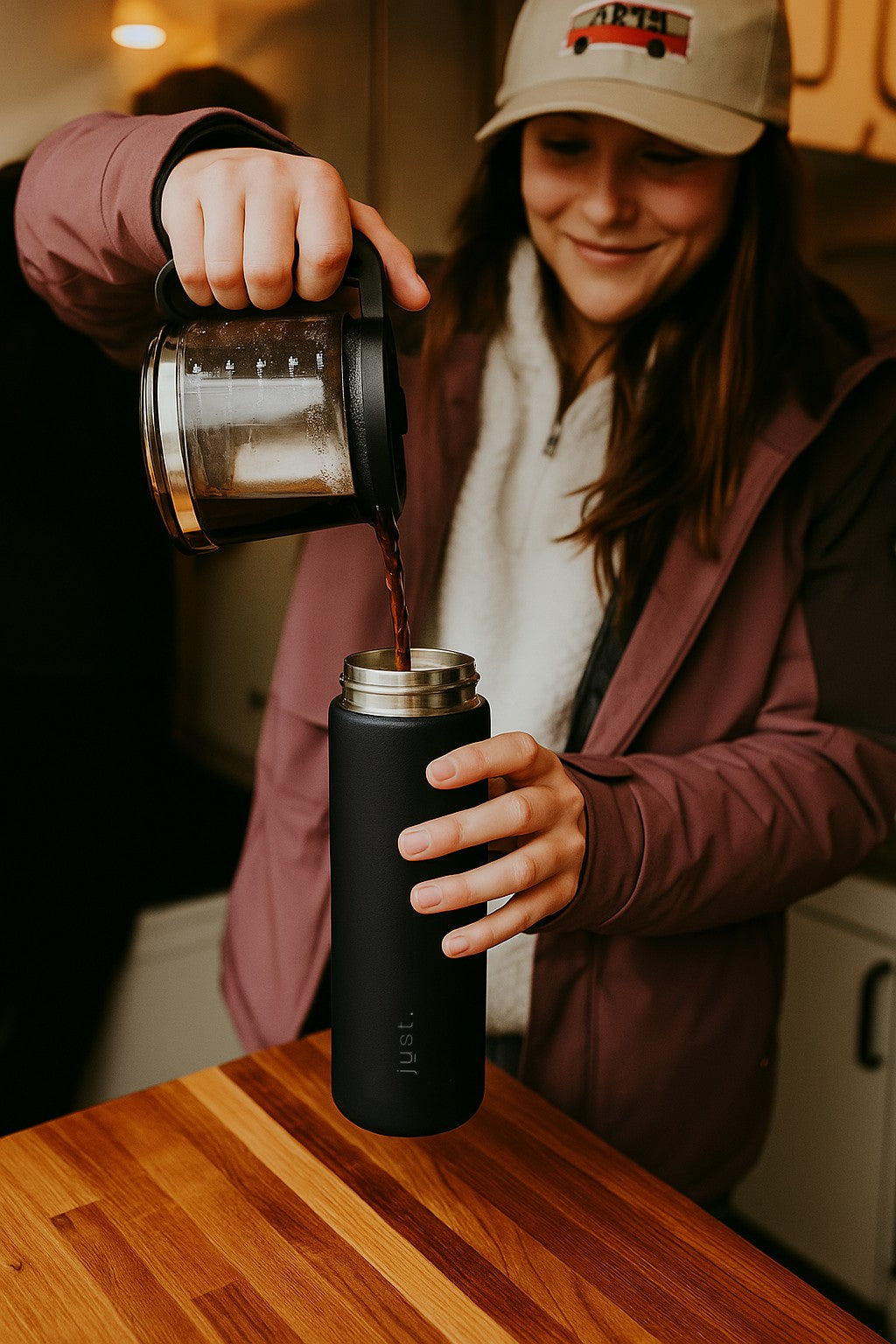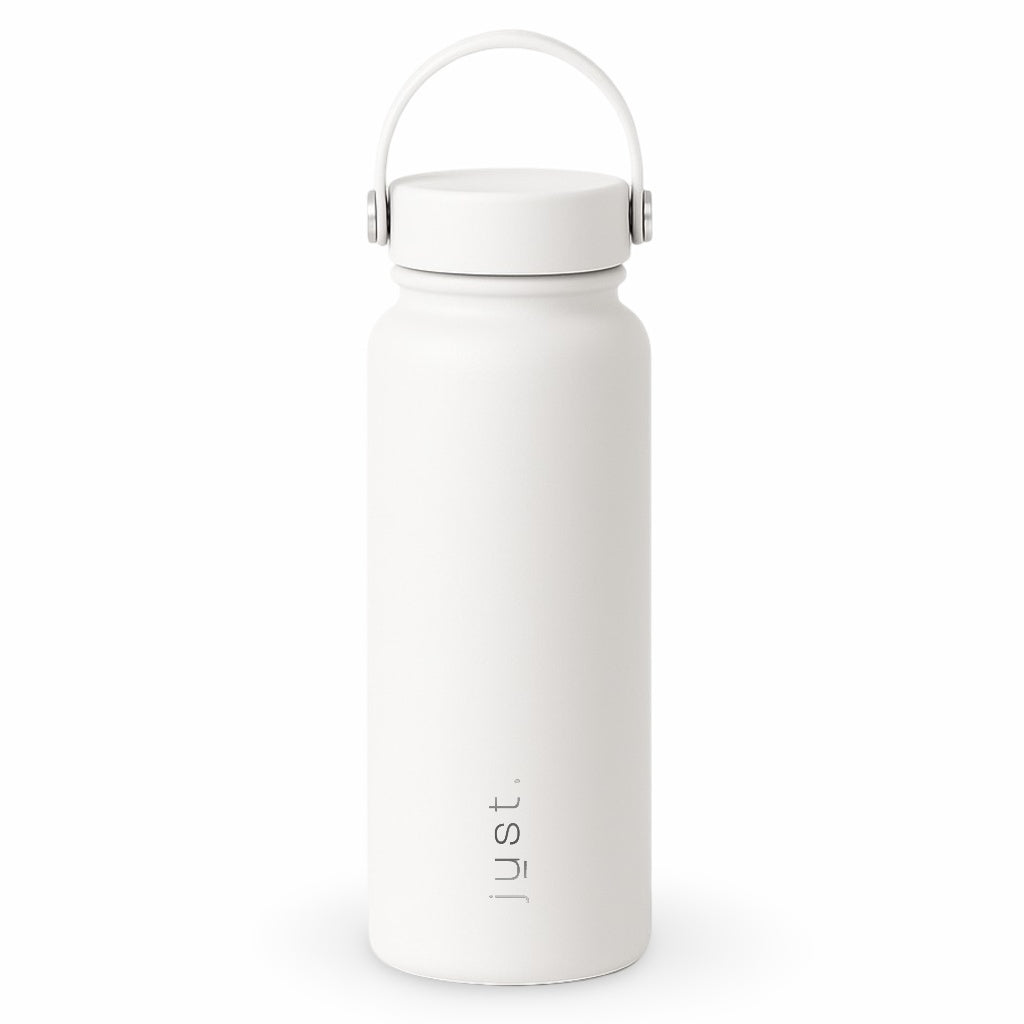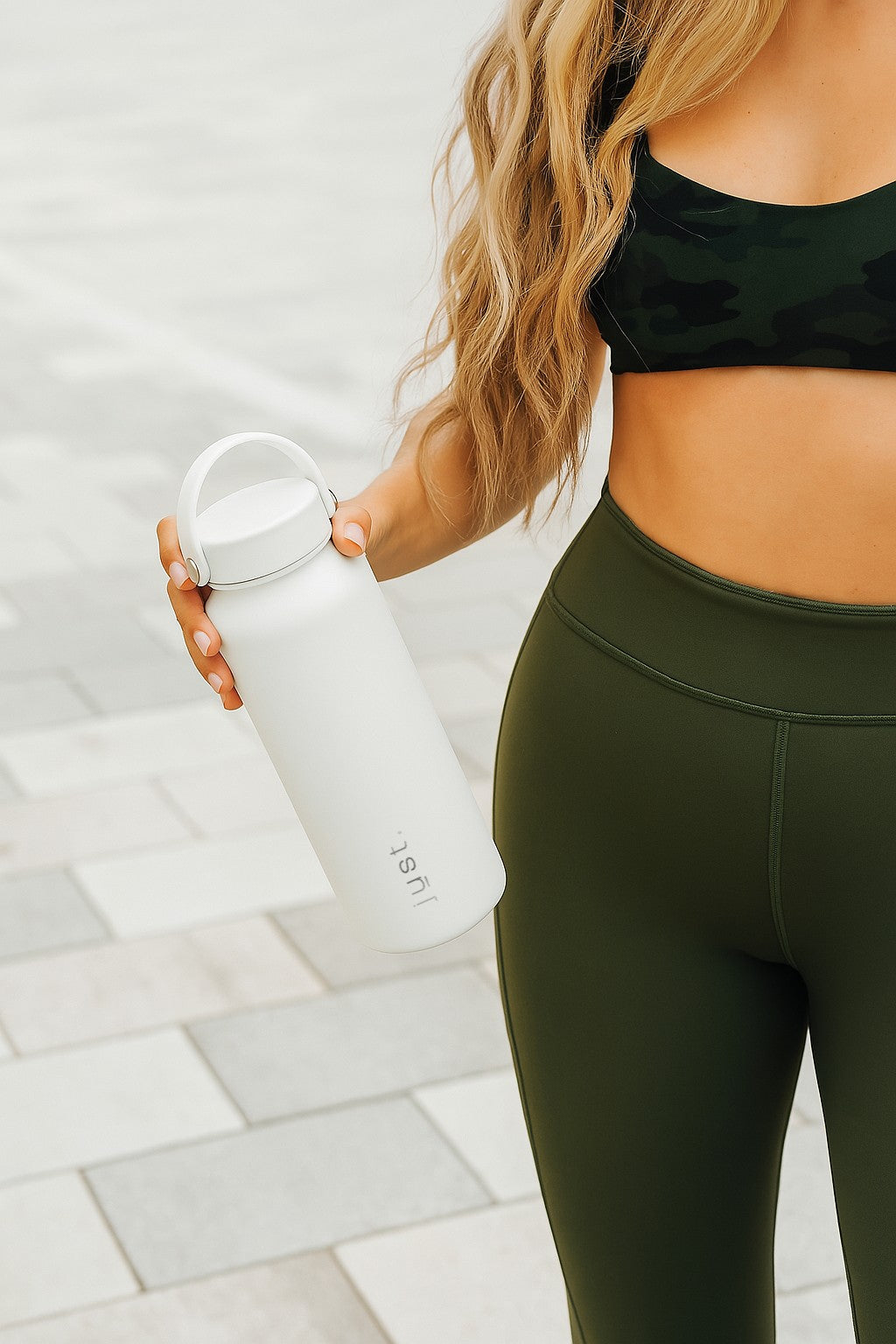How Many Ounces in a Gallon?
Just Bottles' Ounces to Gallons Calculator is a quick, easy tool for converting between ounces and gallons. Simply enter the amount, choose your conversion type (Ounces to Gallons or Gallons to Ounces), and select either US or Imperial Gallons. The result updates instantly, giving you quick and accurate conversions
Understanding measurements is a fundamental part of our daily lives. It's crucial in cooking, baking, scientific calculations, and many other areas.
One common question that often arises is "how many oz in a gallon?" This question is not as straightforward as it may seem.
The answer depends on the system of measurement you're using. The US system and the Imperial system, used in the UK, have different measurements for ounces and gallons.
In this comprehensive guide, we'll delve into the specifics of these two systems. We'll give you the right conversion rates for both US and Imperial measurements. We also have an easy to use conversion tool for quick measurements here.
We'll also explore the historical context of these units. Understanding their origins can provide a deeper appreciation for these everyday measurements.
So, let's dive in and answer the question: how many ounces in a gallon of water? You can use our conversion tool above for a quick calculation or keep reading for all the details!

Understanding the Basics
To fully understand fluid conversions, it's essential to start with the basics. Grasping the foundational concepts of measurement systems is the key. Different countries may use varying systems, leading to different definitions for the same unit name.
The US uses the customary system, while the UK relies on the Imperial system. This difference results in different definitions for ounces and gallons in each system. Knowing both is crucial, especially for anyone dealing in international contexts.
Oz to Gal CalculatorFluid ounces and gallons are core components in these systems. A solid understanding of both will greatly aid in conversions. Both units are utilized daily in kitchens, laboratories, and industries worldwide, highlighting their importance.
Learning the historical context of these units can also provide depth to one's understanding. How these units evolved helps us appreciate their current definitions and usage. Thus, mastering these basics is the first step towards confident and accurate conversions.
What is an Ounce?
An ounce is a unit commonly used to measure weight or volume. In the context of this guide, we focus on fluid ounces, which measure volume. A fluid ounce is used to describe the volume of liquid.
The concept of an ounce has historical roots dating back centuries. Originally, ounces served as small units for precious commodities, like gold and spices. It evolved over time to serve current purposes in measuring liquids and other materials.
In the US customary system, one fluid ounce is equivalent to 1/128th of a US gallon. This is a standard measurement used across the country. The Imperial system (UK) defines a fluid ounce as 1/160th of an Imperial gallon.
These variations in definitions underscore the importance of knowing your system of measurement. Whether cooking, purchasing liquids, or engaging in international trade, understanding the specifics of a fluid ounce is essential. A well-grounded understanding of what constitutes an ounce is fundamental in making precise measurements and conversions.
Conversion Essentials
Converting oz in gal is a critical skill. It bridges the gap between different scales of measurement. Understanding this process simplifies many tasks in both domestic and professional contexts.
There are two main types of gallon measurements to consider: US and Imperial. Each has its unique conversion factor with fluid ounces. This distinction is vital for accurate measurements.
For easy reference, here are the basic conversion rates:
- 1 US gallon = 128 US fluid ounces
- 1 Imperial gallon = 160 Imperial fluid ounces
Using this knowledge, you can easily convert from ounces to gallons, or from 1 gallon to oz. Whether you're measuring ingredients or calculating quantities for production, knowing these rates is essential. Accurate conversions depend on understanding these fundamental relationships.
Imperial Gallons to Ounces
Imperial measurements differ significantly from their US counterparts. The Imperial gallon is larger, affecting its conversion to fluid ounces. Recognizing this is key to making correct conversions.
When working with the Imperial system, remember that there are 160 Imperial fluid ounces in one Imperial gallon. This is a crucial detail that distinguishes it from the US system. Accurate conversions require adherence to these specific numbers.
When converting from Imperial gallons to ounces, it's helpful to list your steps:
- Identify the number of gallons to convert.
- Multiply the gallons by 160 to find the ounces.
- Verify your calculation to ensure accuracy.
Knowing how to convert between these units is fundamental, especially in regions using the Imperial system. This skill is invaluable in scientific, culinary, and industrial applications. Mastery of conversion ensures precision in measurements across various tasks and ensures that international standards are met.

Practical Conversion Guide
Converting measurements by hand or using calculators can be daunting. Knowing where to start makes the process smoother. Here, we provide a step-by-step guide to converting ounces to gallons.
Start with understanding the specific measurement system. This will help you determine the correct conversion factor. For example, if working with the US system, one gallon equals 128 fluid ounces.
Use CalculatorNext, gather the necessary tools. You may need a calculator, a conversion table, or an app. These tools can help verify your calculations and ensure accuracy.
Begin converting by applying the formula:
- Divide the number of ounces by 128 (for US gallons).
- Use 160 if converting to Imperial gallons.
Practice the conversion process with varied examples. This solidifies your understanding. It ensures you won’t be caught off guard in real-world situations.
For more complex tasks, use online tools. Apps and online resources often provide automated conversions. These can save time and reduce the chance of error. Check out our quick ounces to gallons calculator tool at the top of the page.
How to Convert Ounces to Gallons
Converting ounces to gallons manually might seem complex. Let’s break it down into simple steps. This will help make it a routine task, whether working with recipes or industrial products.
First, confirm the measurement system: US or Imperial. This is crucial, as each uses a different conversion factor. An incorrect assumption here can lead to significant errors.
Decide the number of ounces you need to convert. Use the appropriate conversion factor: divide by 128 for US gallons, or 160 for Imperial gallons.
To illustrate, if you have 256 ounces, divide by 128. This results in 2 US gallons. Be sure your conversion aligns with the measurement system you are applying.
Verify your result with a conversion calculator if available. Many are accessible online and in measurement apps. These tools enhance accuracy and build your confidence in the conversion.
In cases where precision is non-negotiable, adopt conversion verification techniques. Comparing with predefined conversion tables or using digital tools are excellent practices. They ensure your calculations are consistently reliable across numerous scenarios.
Everyday Applications
Understanding gallons and ounces is more practical than one might think. These measurements appear in many everyday scenarios. Let's explore a few examples where these conversions are invaluable.
Consider cooking and baking. Recipes often call for precise measurements. Knowing how to convert ounces to gallons ensures you get the right consistency in your dishes. Overpouring or underestimating can significantly change the outcome.
In gardening, liquid fertilizers are often measured in gallons. Understanding how many ounces are in a gallon helps you mix the right quantities. This ensures your plants receive the correct nutrient dosage.
Driving further emphasizes the importance of these conversions. Fuel efficiency can be calculated in miles per gallon. Accurate conversions can help you plan trips and optimize fuel usage.
In the food and beverage industry, understanding these conversions is critical. From bartending to large-scale food production, precise measurements are crucial. They ensure product consistency and help in adhering to regulatory standards.
In the Lab: Scientific Measurements
Scientific experiments often require precise measurement conversions. Understanding how to convert gallons to ounces can be crucial in laboratory settings. This is especially true when dealing with chemical solutions.
In chemistry, concentration calculations often use gallons as a base unit. Converting these measurements to ounces ensures precise formulation of solutions. An error in conversion can lead to inaccurate experimental results, affecting the outcome and credibility.
Environmental science also relies on precise measurements. Researchers often collect water samples in gallons. They must convert these to ounces for more detailed analysis and reporting. Accurate measurements are vital to ecological studies and data integrity.
Biology labs often measure culture media in gallons. Converting these measurements to ounces allows precise nutrient supplementation. This precision is crucial for consistent results in growing cultures and ensuring reliable study outcomes.
In physics, fluid dynamics experiments often involve large volumes of liquid. Converting gallons to ounces can improve data accuracy. Accurate conversions ensure experiments are conducted reliably and results are trustworthy.
Advanced Topics
For those delving deeper, understanding international conversions is crucial. Gallons to liters is a common conversion. It’s essential for global communication.
Different countries use different measurements. The US primarily uses gallons, while most countries use liters. Understanding the conversion is vital in international contexts.
Measurements impact industries like automotive and fuel. Knowing how many liters are in a gallon can aid in vehicle import and export. It ensures compatibility and efficiency globally.
Scientific studies also benefit from these conversions. International research collaborations require consistency in measurements. Accurate conversions promote clarity and reliability in scientific data.
Converting Gallons to Liters for Global Understanding
Converting between gallons and liters seems challenging. However, it’s manageable with a clear understanding. There are exact conversion rates between the systems.
A US gallon converts to approximately 3.785 liters. Meanwhile, an Imperial gallon is around 4.546 liters. These conversions play an important role in international trade and commerce.
Think of a company expanding its beverage distribution. It must convert US gallons to liters for markets using the metric system. Accurate conversions ensure product consistency and compliance with local regulations.
In global transportation and logistics, fuel management often requires converting gallons to liters. Understanding these conversions ensures accurate fuel budgeting, planning, and reporting. Accuracy in these contexts is crucial for operational success.
Tools and Resources
Accurate conversions require the right tools and resources. Measurement tools can simplify processes. Knowing how to use them effectively is essential for various tasks.
Digital measuring devices offer precision and ease. Calibrated measuring cups and spoons are vital in cooking. In industrial settings, specialized equipment ensures accurate fluid measurements.
Technology has revolutionized conversions. Digital apps and online tools provide instant results. They eliminate guesswork and ensure consistent accuracy across multiple conversion contexts.
Apps and Online Resources for Conversion
Modern technology provides several conversion solutions. Many apps and websites offer reliable conversion tools. They cater to different industries and personal needs.
Popular apps simplify gallons to ounces calculations. They save time and reduce errors. With features like historical data, they add value in professional settings.
Online calculators like ours are easily accessible. They provide instant conversions and additional educational insights. These resources enhance understanding and support accurate decision-making in various fields.
FAQs
Volume conversions can be confusing for many. Here, we address common questions about gallons and ounces. Understanding these basics improves accuracy in everyday tasks.
Knowing how measurements relate aids in practical applications. Whether you're cooking, buying beverages, or involved in science, precise conversions matter. Mistakes often arise from misunderstood numbers.
Educating oneself with FAQs boosts confidence. It prevents errors in recipes or experiments. Reliable knowledge can transform a routine task into a successful outcome.
How many ounces in half a gallon?
In the United States, half a gallon is 64 ounces. For imperial measurements, half a gallon is 80 ounces.
Accurate measurements help in both home and commercial settings. For example, when following a recipe or mixing chemicals, knowing precise volumes is essential. Wrong conversions can lead to wasted ingredients so knowing how many ounces in a half gallon can be useful!
Understanding conversions like half a gallon in oz aids in everyday utility. It ensures tasks, whether culinary or scientific, result in success. A solid grasp of basic conversions simplifies complex projects and saves time.
Is the US gallon different from the UK gallon?
Yes. The US gallon contains 128 US fluid ounces, while the UK (imperial) gallon contains 160 UK fluid ounces. Always check which system you're using, especially for recipes and conversions
How many ounces are in a quart, pint, and cup?
For US Gallons:
- 1 gallon = 4 quarts = 128 oz
- 1 quart = 2 pints = 32 oz
- 1 pint = 2 cups = 16 oz
- 1 cup = 8 oz
This breakdown helps when scaling recipes or converting between volume units.
How many fluid ounces in a liter?
There are 33.8 US fluid ounces in one liter




